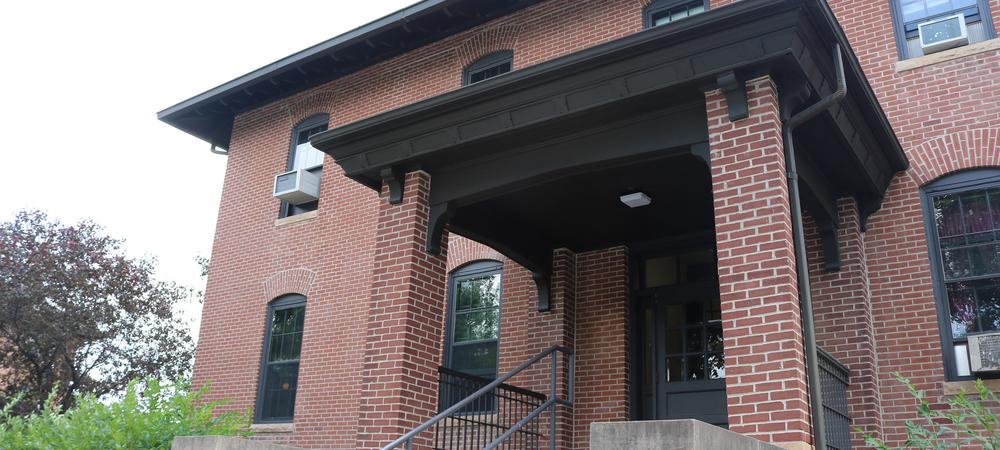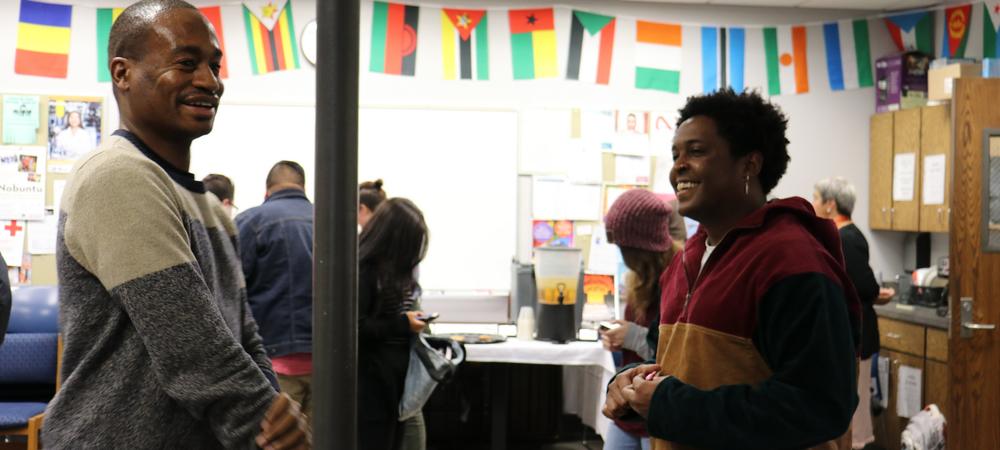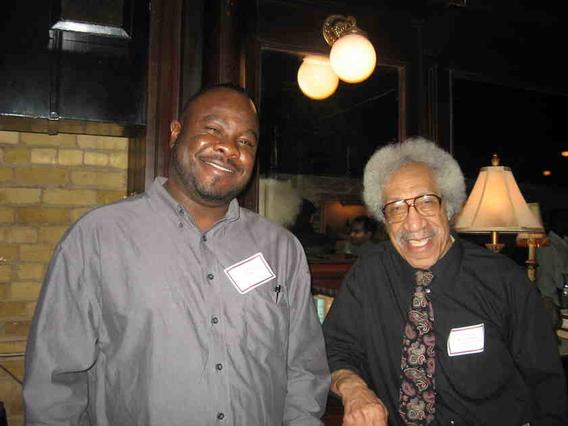
Programs and Events
Gateway Program
The University of Minnesota Morris Gateway Program is a three-week residential summer bridge program for incoming first-year students extending from mid-July to early August.
Gateway provides an opportunity before your first semester at UMN Morris for you to
- sharpen your academic writing and data analysis skills,
- develop your strategies for time and stress management,
- learn about co-curricular opportunities and student support resources on campus, and
- develop a community of peers and mentors.
Martin Luther King, Jr. Day of Service
An event, established in 2010, as a university-community partnership supported by the Office of Equity, Diversity, and Intercultural Programs, Student Activities, the Office of Community Engagement, student organizations, and by local community partners.
Today, the Multi-Ethnic Resource Center houses the Equity, Diversity and Intercultural Programs offices -- including the Multi-Ethnic Student Program, the Resource Center for Gender, Women and Sexuality, and the International Student Program.

Gathering Space
Located on the first floor of the Multi-Ethnic Resource Center, the Multi-Ethnic Student Program (MSP) lounge (Room 109) is a favorite spot for many. It’s a great place to study, hold meetings, or watch tv. The lounge has four computers and a printer for student use. It also features a 42" plasma TV with surround sound.
Hours of Availability
The lounge is generally open from 8 a.m. until 11 p.m. during the week and noon until midnight on weekends.
Student organizations can reserve the lounge for meetings after 5 p.m., but computers must remain available to students at all times. The lounge cannot be reserved for meetings prior to 5 p.m. Monday through Friday.
Call 320-589-6095 with questions or to make a reservation.
Our Past, Our Present, Our Future
The Morris campus was founded on the original homelands of the Dakota, Lakota and Anishinaabe peoples.
The Sisters of Mercy established the campus as a boarding school for American Indian children In 1887. The federal government managed the Morris Industrial School for Indians on the site from 1897 to 1909. Schools such as these aimed to eliminate Native languages and cultures. The impacts of these assimilation attempts continue to be felt in Native communities today.
The Multi-Ethnic Resource Center building housing EDI Programs was constructed in 1899. The oldest building on what is today the University of Minnesota, Morris campus, it was originally constructed as a boys’ dormitory and is the only structure that remains from the American Indian boarding school. The building was placed on the National Register of Historic Places in 1984.
In 1909, Congress transferred the campus to the State of Minnesota with the stipulation that an educational institution be maintained on the site and that all American Indian students “shall at all times be admitted to such school free of charge for tuition.” This federal legislation and the corresponding state statute are upheld today. The University of Minnesota Morris recognizes both the obligation rooted in this history and the opportunity it creates today for Native American students, for the campus, and for all who gather here. Work is underway to build a campus that increasingly reflects & values American Indian, Alaska Native, and First Nations cultures, histories, lifeways on campus as part of the Morris educational experience. EDI is proud to support the 300 Native American students from 65 tribal nations who live and learn here today and to be a partner in language and cultural revitalization efforts.
Learn More About The History of These Grounds
- Promise of the Prairie: Education in Three Acts (58m video)
- Indian Education and Bureaucracy: The School at Morris, 1887-1909, by Bert Ahern, fromer UMN Morris faculty

In 1973, Mr. William “Bill” Stewart founded what was then called the Minority Student Program. Director from 1973 to 1998, Bill is revered for his faith in every student’s potential, for his enduring commitment to student academic success and identity development, and for his efforts to support a diverse and thriving community at UMM and in Morris.
Bill’s legacy is recognized on campus with the awarding of the William Stewart student scholarship and the annual presentation of the Bill and Ida Stewart Award for Ethnic Diversity. The award recognizes faculty, staff, and students who have displayed exemplary service on our campus in support of promoting ethnic diversity and a supportive climate for all people. Bill’s wife, Ida Stewart, served the campus as a faculty member, education coordinator, and academic advisor. She is known for establishing World Touch Cultural Heritage Week and the Women of Color Association as well as connecting the campus to large university communities.